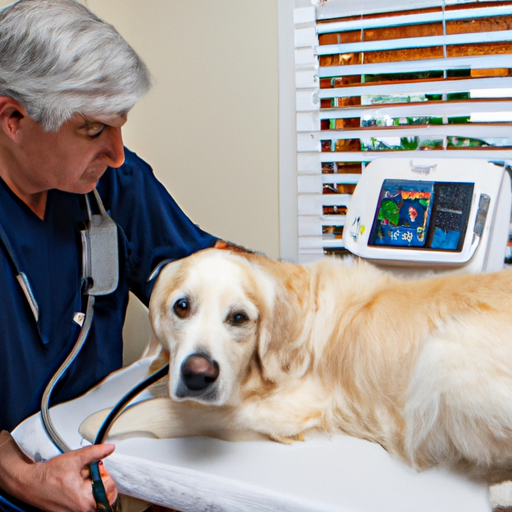As a caregiver, being able to monitor your dog’s health is essential. One aspect that is often overlooked is your dog’s blood pressure. Just like in humans, abnormal blood pressure can indicate potential health concerns for your dog. This guide will walk you through the process of checking your dog’s blood pressure.
H2: Understanding the Importance of Your Dog’s Blood Pressure
Blood pressure is a vital sign that can be an indicator of your pet’s overall health. High blood pressure can lead to damage in organs such as the heart, kidneys, and eyes. On the other hand, low blood pressure may be a sign of underlying health issues such as heart disease or shock. Therefore, understanding how to check your dog’s blood pressure can be a crucial part of maintaining their health.
H2: Required Tools and Equipment
To accurately measure your dog’s blood pressure, you’ll need a few tools:
- A pet-friendly blood pressure monitor: These are designed to accommodate the unique anatomy of dogs.
- A calm, comfortable space: A quiet environment can help keep your dog calm during the process, ensuring a more accurate reading.
| Tools Required | Description |
|---|---|
| Pet-friendly blood pressure monitor | Specially designed for pets |
| Calm, comfortable space | Helps keep dog calm for accurate readings |
H2: Checking Your Dog’s Blood Pressure Step-by-step
-
Ensure your dog is calm: Start by making sure your dog is in a relaxed state. This might involve petting them, speaking in a low, soothing voice, or giving them a favorite toy.
-
Position your dog correctly: Your dog should be lying down on their right side, with their left leg accessible for the blood pressure cuff.
-
Place the cuff: The cuff should be placed around your dog’s left foreleg, just above the paw.
-
Take the reading: Follow the instructions on your pet-friendly blood pressure monitor to take the reading.
Remember, it’s important to keep your dog calm throughout the process to avoid any stress-induced spikes in blood pressure.
H2: Interpreting the Results
Interpreting your dog’s blood pressure results is just as important as taking the readings. Here’s a simple guide to help you understand what the numbers mean:
- Systolic pressure (the top number) should be between 120 to 160 mmHg.
- Diastolic pressure (the bottom number) should be between 60 to 100 mmHg.
If the numbers fall outside of these ranges, it’s best to consult with your vet.
H2: Frequently Asked Questions (FAQs)
Q: How often should I check my dog’s blood pressure?
A: As a general rule, if your dog is healthy, annual checks during routine vet visits should suffice. However, if your dog has an existing health condition, your vet may recommend more frequent monitoring.
Q: Can I use a regular blood pressure monitor on my dog?
A: No, dogs have different anatomy and require specially designed pet-friendly blood pressure monitors.
Q: What can cause high blood pressure in dogs?
A: High blood pressure in dogs can be caused by various factors, including kidney disease, hormonal disorders, and certain medications.
Remember, while it’s important to be proactive about your dog’s health, always consult with your vet if you have concerns. They can provide expert advice and treatment options tailored to your dog’s specific needs.



